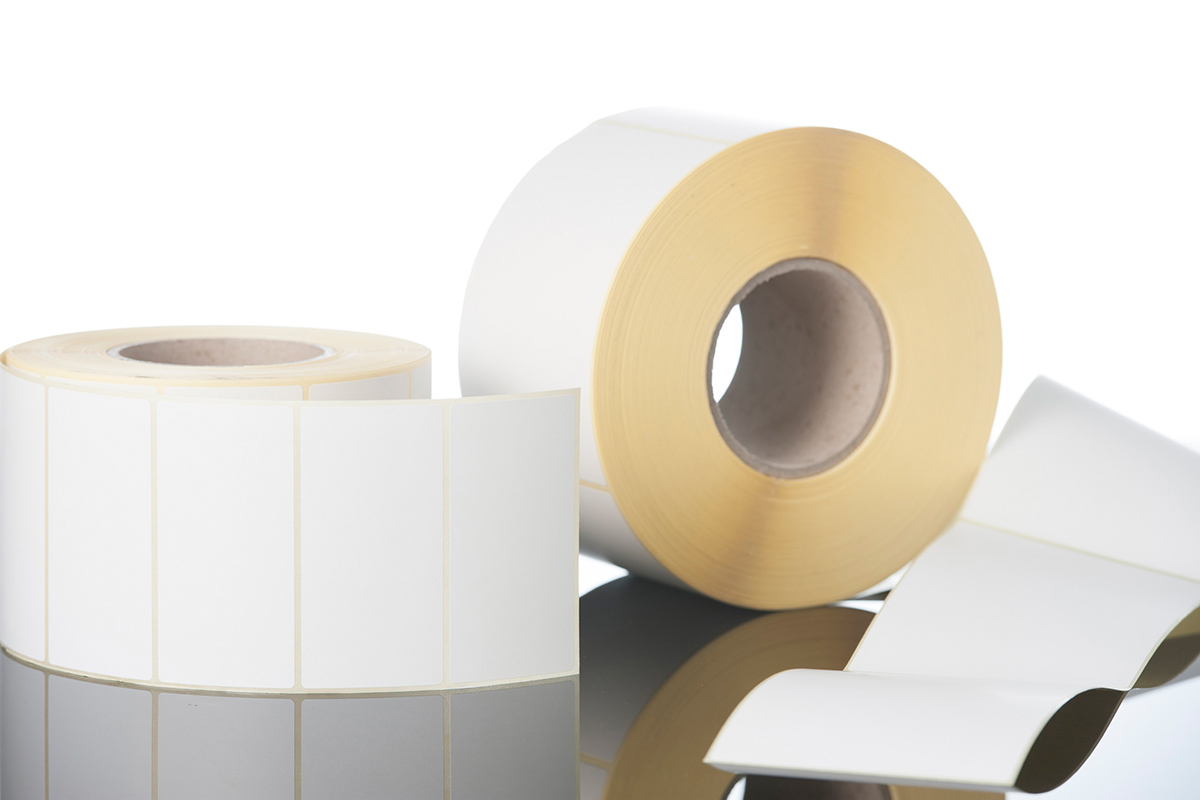
Scanman UK produce millions of plain labels every single day one of our three high speed, in-line plain label presses.
We specialise in runs of all sizes on a vast range of high quality materials. So whether you are looking for Direct Thermal or Thermal Transfer labels, we can always accomodate your requirements.
While we appreciate price is not the only consideration when dealing with a new supplier, we still refuse to be beaten on price for medium to large volumes of plain labels. Our pricing structure, along with our level of service, technical expertise and turnaround times are second to none, in an industry where all 4 are very rarely found together.
Scanman UK manufactures plain labels and can supply them on rolls to suit any label printer or applicator, including Zebra, Toshiba, TSC and Datamax printers.
Our extensive knowledge, coupled with our state of the art plain label presses allow us to manufacture plain and blank labels tailored to the exact printer specification you require, at the best prices in the industry.
We have an extensive cutter library of over 2,500 which allows our customers to benefit from low initial set up costs and fast turnaround times. If you need a made to order product fast, nobody can make it happen quicker than we can!
Scanman UK offers a completely free of charge, no obligation label audit, assessing not only your costs but also your solutions and advising on alternative products. Get in touch now for more information on our free label audit.

There are two thermal printing methods: Direct Thermal and Thermal Transfer. Each method uses a thermal printhead that applies heat to the surface being marked. Direct Thermal printing uses chemically treat, heat sensitive media that blackens when it passes under the printhead, while Thermal Transfer printing uses a heated ribbon to produce a longer lasting image on a wide variety of materials.
Below is a quick reference guide to each, showing the pros and cons of each process.
Thermal Transfer printed labels are easily identifiable by the crisp and often glossy printed surface. This is achieved by passing a thin thermal transfer ribbon between the label surface and the printhead, which then melts onto the label to form the image. Using Thermal Transfer as a method of printing makes the labels more durable.
As these labels print without a ribbon, direct thermal printers are well known for their simplicity. Direct thermal labels typically have a considerable shelf life but are not well suited for environments that expose them to heat, long periods of sunlight or abrasion. Direct thermal printers have no ink, toner or ribbon.
If the label is overly exposed to heat or light, the face material will darken and make the barcode or text unreadable. For this reason, direct thermal is used for more short term applications, such as shipping labels or receipts.